How to fix a squeaky door - your guide to keeping your doors quiet
Banish the squeaks and relax in peace with our expert advice


Learning how to fix a squeaky door is time well spent, as there's nothing quite so irritating as hearing constant squeaks every time someone leaves or enters a room.
The creaks and groans can serve as a reminder of another DIY task sat on our to do list that we still haven't got round to, just like learning how to fix squeaky floorboards. Taking some time out to do these jobs will save you a lot of irritation and help you fully relax in a creak-free house.
'Squeaky doors within the home are annoying and infuriating, especially when you're trying to get some peace and quiet', says Tim Warren, Joinery Expert, Adkwik. 'Doors that are used the most are more likely to squeak than others, which unfortunately means the noise can become more prevalent very quickly.'
Learning how to fix a squeaky door is thankfully quite easy. If you have some basic supplies and a spare 10 minutes, you can soon rid yourself of the squeaks that have been driving you up for the wall for the past several weeks (or months).

How to fix a squeaky door
'Having to hear the repetitive shrill sound of a squeaking door is the last thing anyone wants after a long day, so it's vital to ensure that squeaky doors are nipped in the bud as soon as they appear', says Tim.
We've asked the experts for the best (and easiest) ways for how to fix a squeaky door, and compiled the top tips into this guide so that you can get the job done. Once you've taken care of your squeaky problem and got your door back to full working order, you can start looking at the fun stuff, like how to paint your front door and give your home's entrance a spruce up.
1. Start by checking the hinges
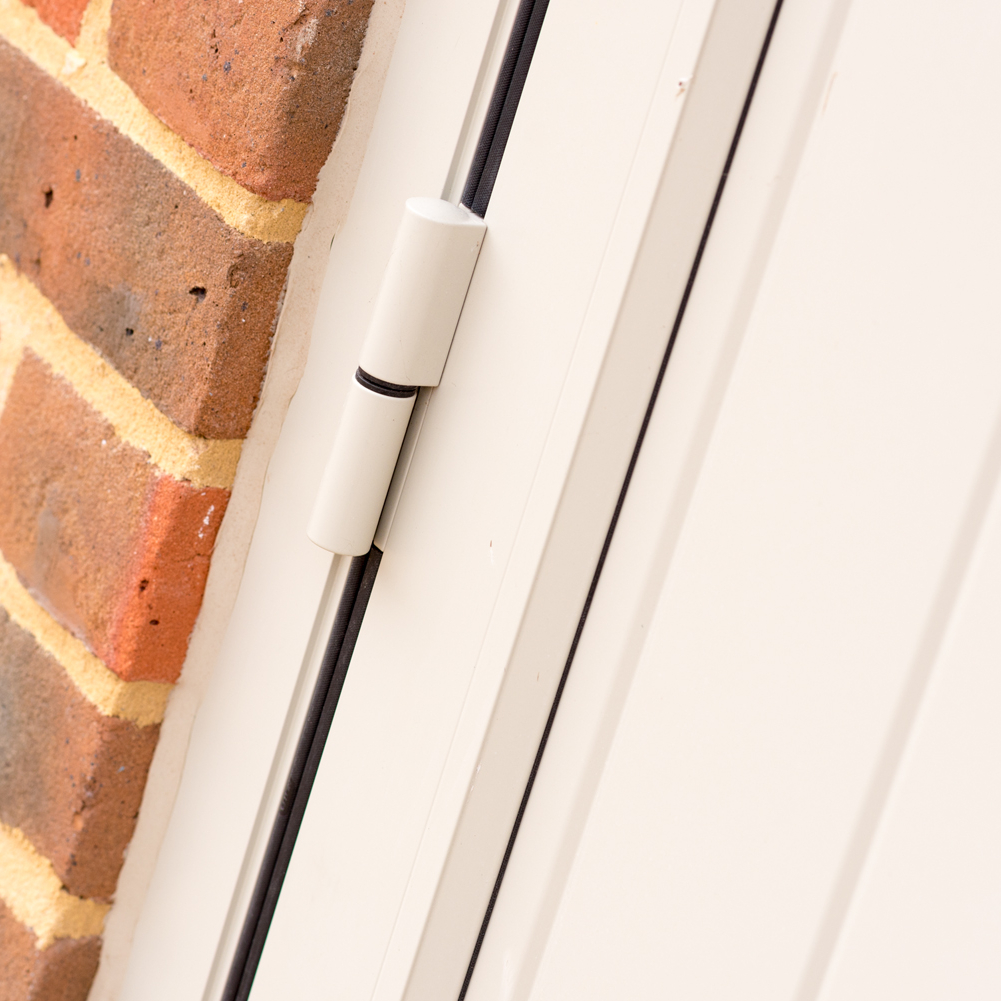
In most cases, a squeaking door is caused by friction in the hinges. Dirt and dust may have collected in the hinge over time, or there may just be a lack of lubrication between the hinge and hinge pin.
Sign up to our newsletter for style inspiration, real homes, project and garden advice and shopping know-how
If the door's hinges look at all like they're carrying signs of dust, grease, frost, or dirt, you'll know the cause of the squeaking.
2. Clean the hinges
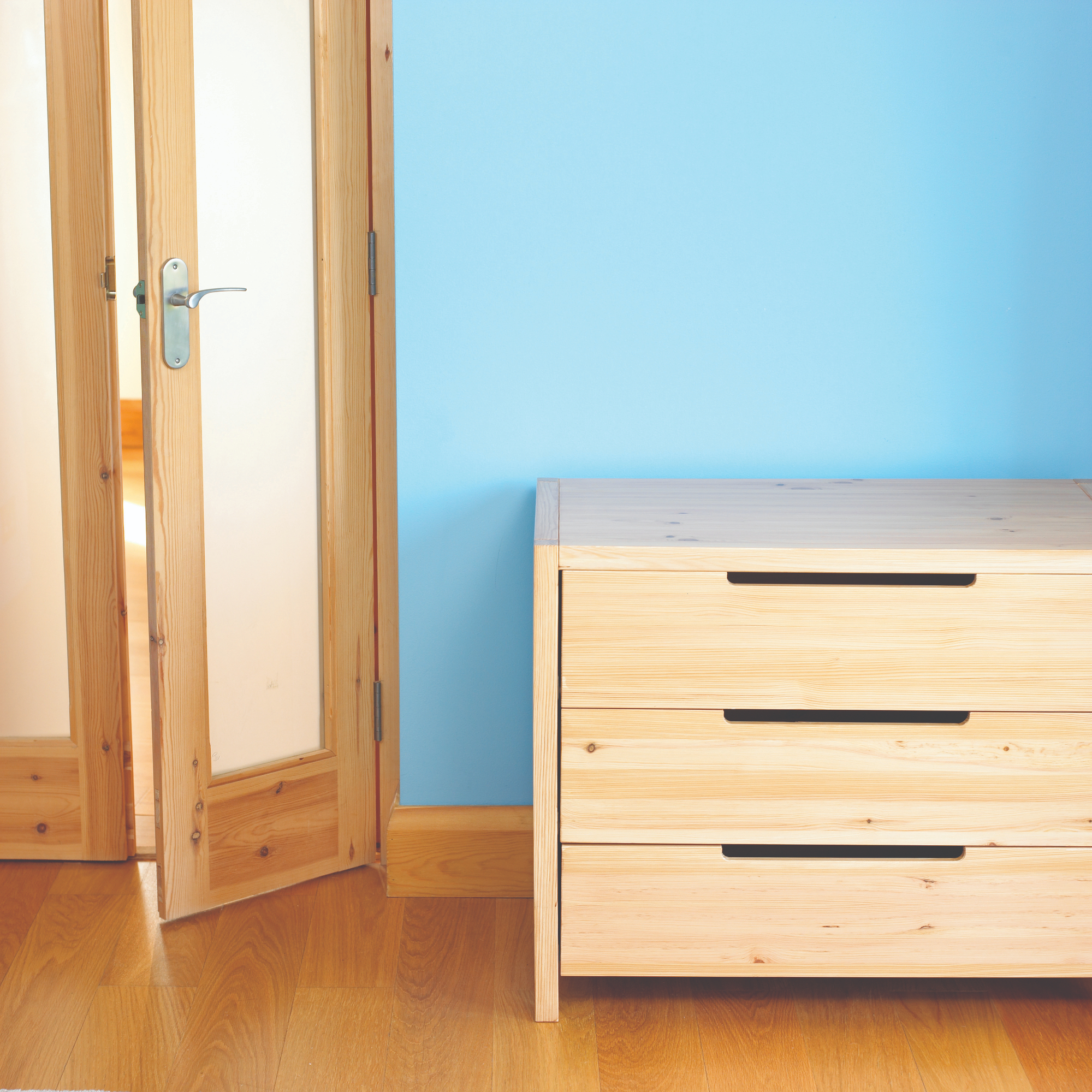
Use a wet wipe to clean all hinges and ironmongery and remove any dust or dirt. A surface-level clean may be enough to stop the door from squeaking, but if not, it will still allow any lubricant you apply to penetrate the hinge better.
It's worth cleaning door hinges frequently to prevent the buildup of dust and grime so you can avoid having to figure out how to fix a squeaky door if dirt is the culprit. Cleaning with white vinegar is useful here, as the vinegar will break down any grime and leave chrome hinges looking shiny and new again.
3. Use WD-40
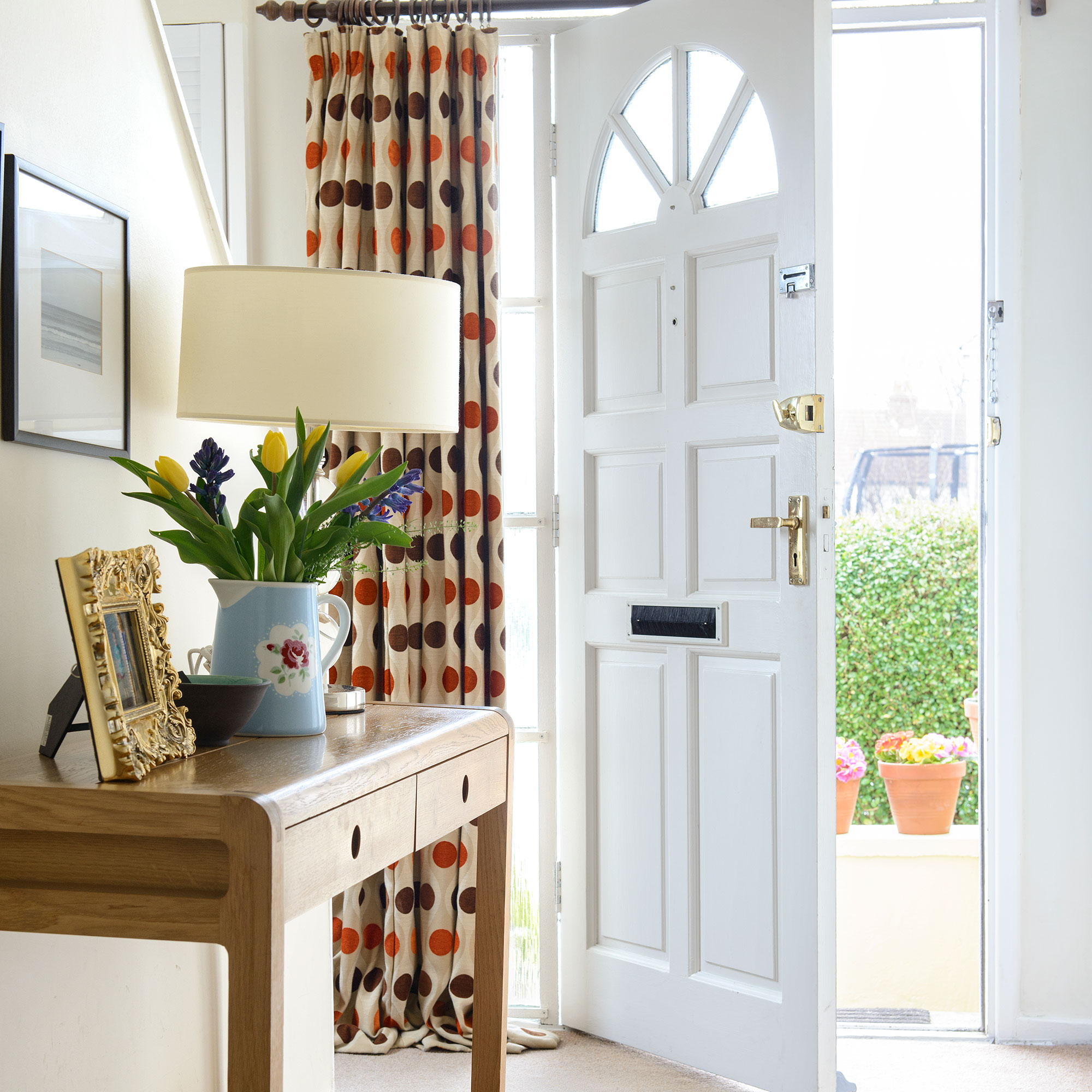
Once you've given the hinges a good clean, apply some WD-40 to the hinges. This will act as a lubricant and should stop the hinges from squeaking.
Apply the WD-40 to some kitchen roll and wipe over the hinges with it, starting off with a small amount of product and then building up. 'Open and close the door until the squeaking lessens or has gone entirely,' advises Jonathan Hey, Founder of Westbury Joinery. 'You may need to apply more if the squeaking persists but continue with a less is more approach.'
4. Try some olive oil

Jo Behari, DIY expert, recommends using olive oil as an alternative to WD-40 for lubricating door hinges. 'If you are looking for a quick fix, olive oil can work well', she says. 'Try and protect your floor and use a syringe or pipette to drip the oil over the hinge.'
Applying the olive oil with the pipette is better than pouring it on because it will stop you using an excessive amount, which could create a sludge in the hinge and make the problem worse. Lay a towel down to protect your floor from falling droplets.
Test to see if your door is still squeaking after applying a small amount. Try adding more, but don't continue if the problem persists.
5. Put petroleum jelly on the hinges
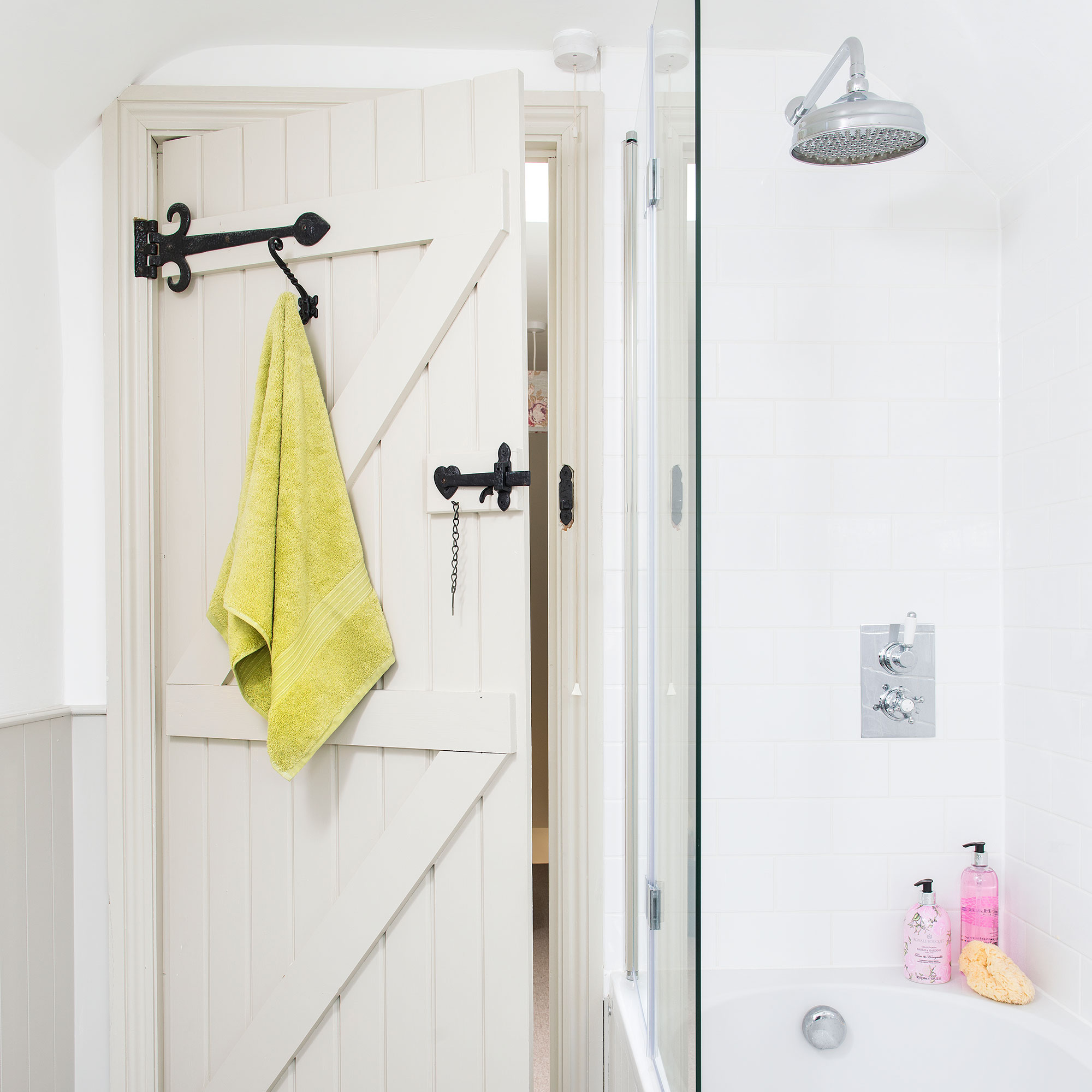
Most of us have a tub of Vaseline knocking around the house somewhere, and the list of things you can use it for just keeps growing. The petroleum jelly in Vaseline has a thick, waxy consistency that is helpful for reducing any friction in hinges.
Rub the jelly around the outside of the hinge, gradually working it into the crevices. Using a cotton bud to apply it will help the Vaseline penetrate the hinge deeper.
6. Dust with talcum powder
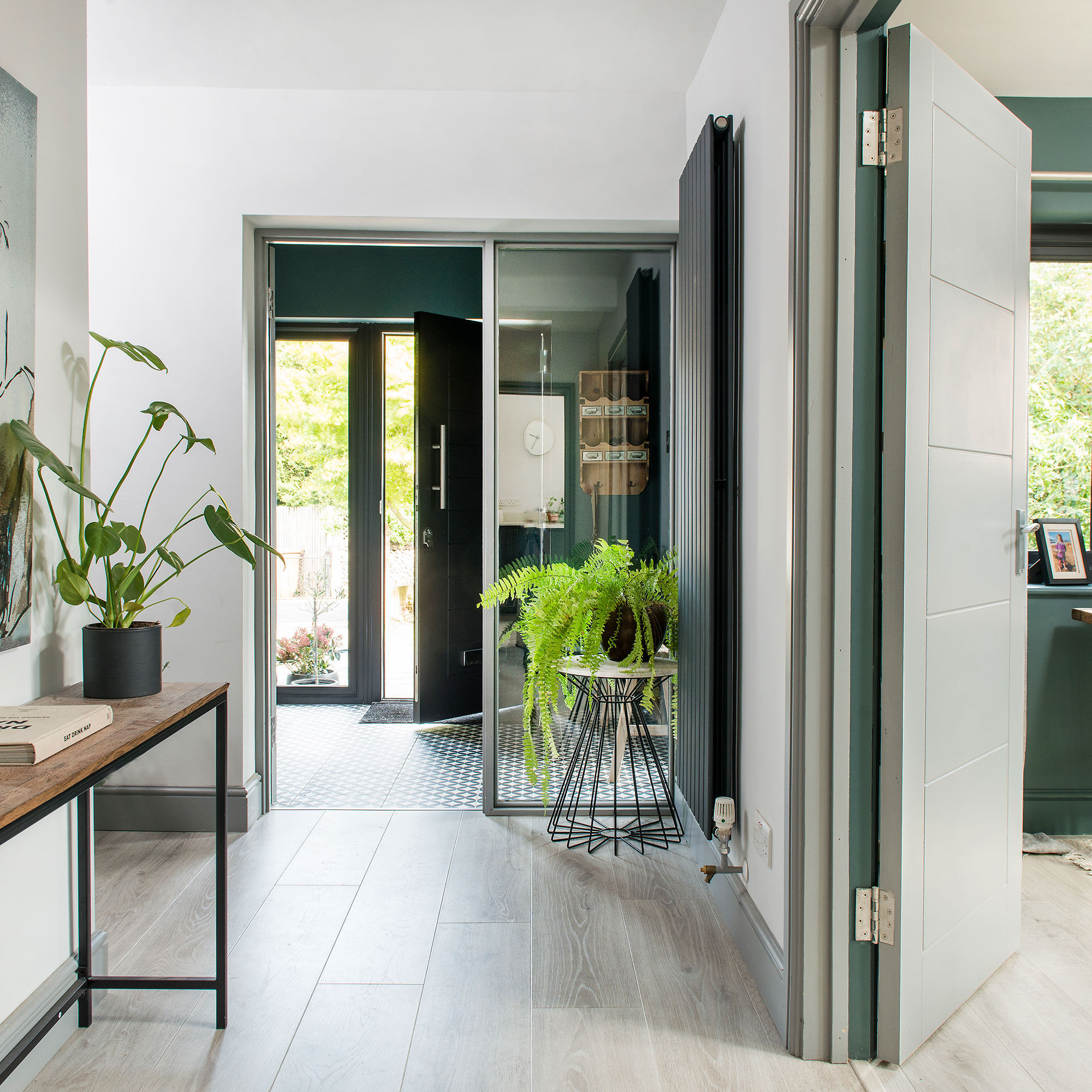
If your door is still squeaking after cleaning and lubricating the hinges, the problem may be coming from elsewhere. The door may be rubbing against the frame, which can often be resolved by applying talcum powder to the door.
Use a toothbrush to gently rub the talc into the areas where the door appears to be rubbing against the frame. Again, lay a towel down before you start to catch any fallout.
7. Get to work with sandpaper

If your door is still sticking, you may need to sand down any uneven parts. Run a piece of card along the edges of the door to feel for the parts that are closer to the door frame than others (ideally, there should be gap of 3-5mm between the door and frame).
Using some sandpaper, buff away at the sections that feel too close to the frame. You can smoothen this out later once the dust has settled by hoovering up the debris and applying a coat of varnish or paint on top of the door's edge. Though this step requires a little more time, it should definitely resolve the squeaky problem if the prior steps didn't.
Why does my door squeak so much?
'In most cases, a squeaky door is due to a lack of lubrication in the hinges, or a build-up of dirt and dust which can cause the metal surfaces to rub together', joinery expert Jonathan explains. 'It’s this friction that creates a squeaky sound.'
'Squeaky doors can be caused by a few issues', DIY author Jo expands. 'Check the hinges first, as they may need lubricating. But if it doesn't look like the hinge is the cause, it might be that the door is rubbing against the frame.'
Older doors are more likely to squeak, as their screws will probably have loosened over time. As the door gradually moves from its original position, it starts to rub against the frame and create a squeaking noise when opening and closing.
What's the best lubricant for squeaky door hinges?
'If the hinges are making your door squeak, you'll want to lubricate them with an oil that is penetrating', Jo explains.
Olive oil is a good option as you'll likely already have some in the house, though be aware that an excessive amount can cling on to dust and grime. Other lubricants to try are petroleum jelly, hairspray, and WD-40. You'll soon find the lubricant that works best for your door's hinges, as the squeaking will stay gone for longer.
Does WD-40 fix squeaky doors?
WD-40 is commonly used to lubricate door hinges to stop them from squeaking, and in some cases, it may be enough to solve the issue.
'Although WD-40 does contain a small amount of lubricant and will work, it's not it's main job', explains Jo. 'It's actually a water displacement product (WD stands for water displacement), meaning it's essentially a cleaning product.'
Jo believes there are better lubricants on the market, or items that are usually already in the house can do just as good a job, like olive oil, talcum powder, and candle wax. 'Plus, using WD-40 too often can cause a build up of dirt and grime in the hinges, making the problem worse long-term.'

Jo Behari is a DIY expert and author, having started the first all female property maintenance company in the UK, Jo has gone on to teach people DIY skills on TV shows such as Alan Titchmarsh's Love Your Weekend and Steph's Packed lunch on channel 4. Jo has authored 3 DIY books and is passionate about helping people save money by teaching them basic DIY skills.

Katie has been writing freelance since early 2022, specialising in all things homes and gardens, following achieving a Masters in Media and Journalism. She started out writing e-commerce content for several of Future’s interior titles, including Real Homes, Gardeningetc, Livingetc, and Homes and Gardens. Since then she’s been a regular contributor on Ideal Home’s digital team, covering news topics, how-to guides, and product reviews.